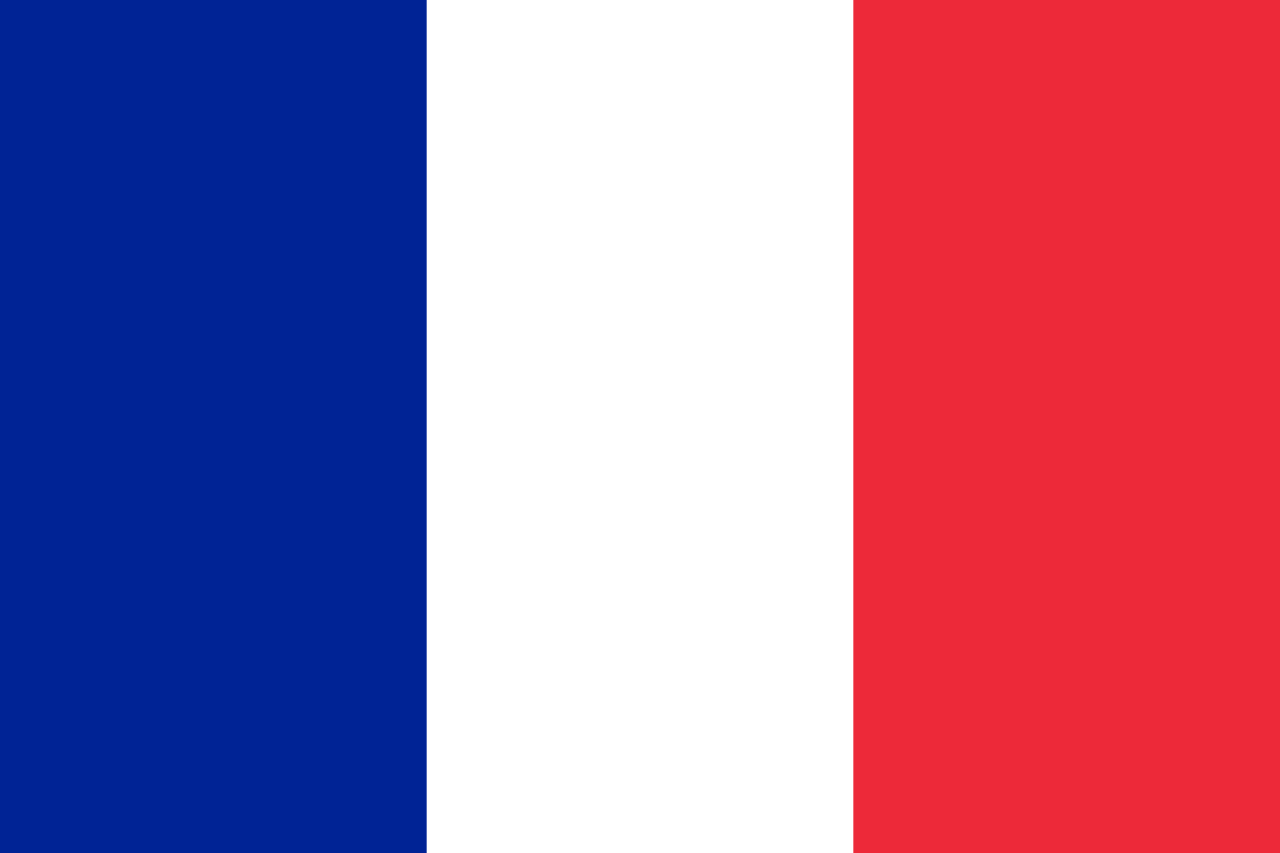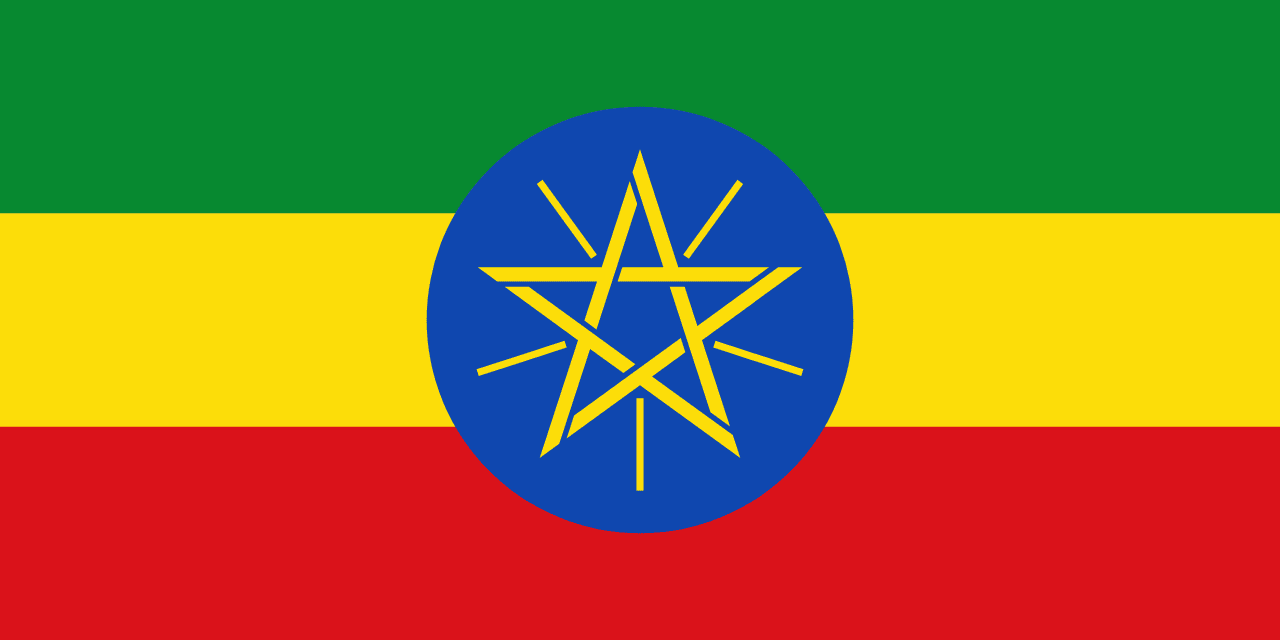La bandera de Fiji presenta un campo azul claro con la Union Jack ocupando el cuadrante superior izquierdo (canton) y el escudo del escudo de armas nacional centrado en la mitad de la parte libre. Este diseño único refleja la compleja historia de Fiji, su diversidad cultural y su belleza natural.
Información sobre Fiji
| Día de la bandera nacional | — |
| Estado soberano | Sí |
| Nombre oficial | República de Fiji |
| Capital | Suva |
| Población | 8,934,744 |
| Área | 18,274 km² |
| Moneda | Dólar fijiano (FJD) |
| Idioma | Inglés, Fijiano, Hindi |
| Continente | Oceanía |
| Región | Melanesia |
| Subregión | — |
| Fronteras | — |
| Zona horaria | Hora de Fiji (FJT) UTC+12 |
| Código de marcación | +679 |
| Dominio de nivel superior | .fj |
Historia de la bandera de Fiji
 La actual bandera de Fiji fue adoptada oficialmente el 10 de octubre de 1970, coincidiendo con la independencia de Fiji del dominio colonial británico. Su diseño incorpora elementos que representan tanto el pasado colonial de Fiji como sus aspiraciones como nación recién independiente. La retención de la Union Jack refleja los lazos históricos de Fiji con el Reino Unido y su continua pertenencia a la Mancomunidad de Naciones.
La actual bandera de Fiji fue adoptada oficialmente el 10 de octubre de 1970, coincidiendo con la independencia de Fiji del dominio colonial británico. Su diseño incorpora elementos que representan tanto el pasado colonial de Fiji como sus aspiraciones como nación recién independiente. La retención de la Union Jack refleja los lazos históricos de Fiji con el Reino Unido y su continua pertenencia a la Mancomunidad de Naciones.
Curiosamente, la bandera ha sido un tema de debate en los últimos años. En 2013, el gobierno de Fiji anunció planes para cambiar la bandera nacional para reflejar mejor la identidad postcolonial de Fiji. Sin embargo, después de amplias consultas públicas y deliberaciones, se tomó la decisión en 2016 de mantener el diseño actual de la bandera, reconociendo su importancia histórica y el reconocimiento generalizado.
Simbolismo y diseño de la bandera de Fiji
El diseño de la bandera de Fiji está lleno de simbolismo, representando varios aspectos de la identidad y el entorno natural de la nación. El campo azul claro simboliza el Océano Pacífico, que rodea el archipiélago de Fiji y desempeña un papel crucial en la geografía, la economía y el estilo de vida del país. Este fondo azul también representa los cielos despejados sobre las islas tropicales de Fiji.
La Union Jack en el cantón sirve como recordatorio de la historia colonial de Fiji y sus vínculos perdurables con el Reino Unido. Mientras que algunos lo ven como un elemento controvertido, otros lo consideran parte de la compleja narrativa histórica de Fiji y su lugar dentro de la Mancomunidad.
El escudo del escudo de armas nacional, centrado en la mitad de la parte libre, es probablemente el elemento más distintivo de Fiji de la bandera. Presenta varios símbolos que representan aspectos importantes de la cultura y la economía fijianas:
- La Cruz de San Jorge divide el escudo en cuatro partes, simbolizando la influencia del cristianismo en Fiji.
- El cuadrante superior izquierdo presenta un león sosteniendo una vaina de cacao, representando la conexión de la familia real británica con Fiji y la importancia de la agricultura.
- El cuadrante superior derecho muestra un racimo de plátanos, destacando una de las principales exportaciones agrícolas de Fiji.
- El cuadrante inferior izquierdo muestra una paloma de la paz, simbolizando el deseo de Fiji de armonía y coexistencia pacífica entre su población diversa.
- El cuadrante inferior derecho muestra la caña de azúcar, otro cultivo crucial en la economía de Fiji.
- En la base del escudo hay un racimo de cocos, representando la importancia de la copra en la economía tradicional y moderna de Fiji.
Uso y significado de la bandera de Fiji
 La bandera de Fiji es un símbolo poderoso de la identidad y unidad nacional. Se exhibe prominentemente en edificios gubernamentales, escuelas y durante ceremonias oficiales y días festivos nacionales. La bandera desempeña un papel crucial en la representación de Fiji a nivel internacional, ondeando en misiones diplomáticas, eventos deportivos internacionales y foros globales.
La bandera de Fiji es un símbolo poderoso de la identidad y unidad nacional. Se exhibe prominentemente en edificios gubernamentales, escuelas y durante ceremonias oficiales y días festivos nacionales. La bandera desempeña un papel crucial en la representación de Fiji a nivel internacional, ondeando en misiones diplomáticas, eventos deportivos internacionales y foros globales.
Para muchos fijianos, la bandera representa no solo la soberanía de su país, sino también su herencia multicultural. La población de Fiji incluye fijianos indígenas, indo-fijianos y otros grupos étnicos, y la bandera sirve como un símbolo unificador para todos los ciudadanos, independientemente de su origen.
Datos interesantes sobre la bandera de Fiji
- Fiji es uno de solo cuatro países independientes que mantienen la Union Jack en su bandera nacional, los otros son Australia, Nueva Zelanda y Tuvalu.
- El tono de azul utilizado en la bandera de Fiji es más claro que el de muchas otras naciones insulares del Pacífico, lo que la hace fácilmente distinguible.
- Fiji tiene una rica tradición en rugby, y la bandera nacional a menudo se ve ondeando con orgullo en torneos internacionales de rugby donde Fiji compite.
- El diseño de la bandera ha inspirado otras banderas oficiales en Fiji, incluida la enseña civil (fondo rojo) y la enseña naval (fondo blanco con una cruz roja), ambas con el escudo de armas nacional en el centro.
- A pesar de los debates sobre cambiar la bandera, muchos fijianos han expresado un fuerte apego al diseño actual, viéndolo como una parte integral de su identidad nacional y un símbolo del complejo viaje histórico de Fiji.





